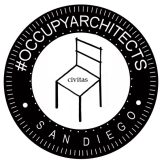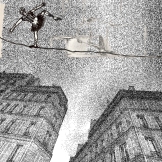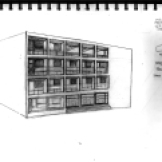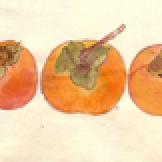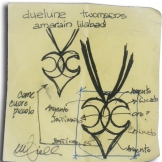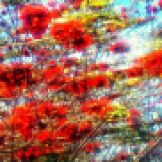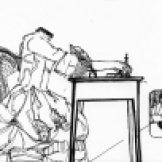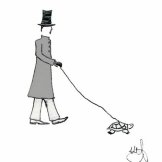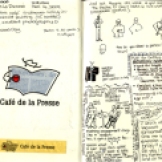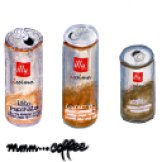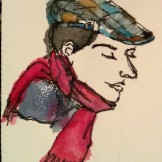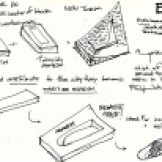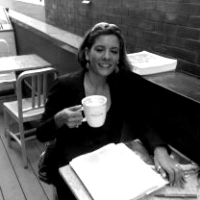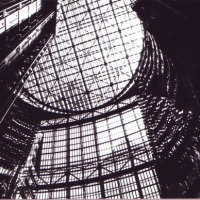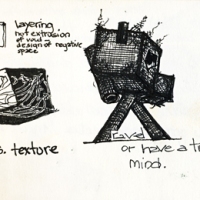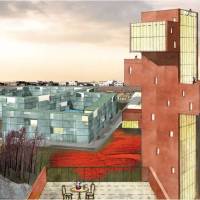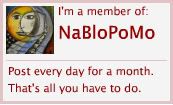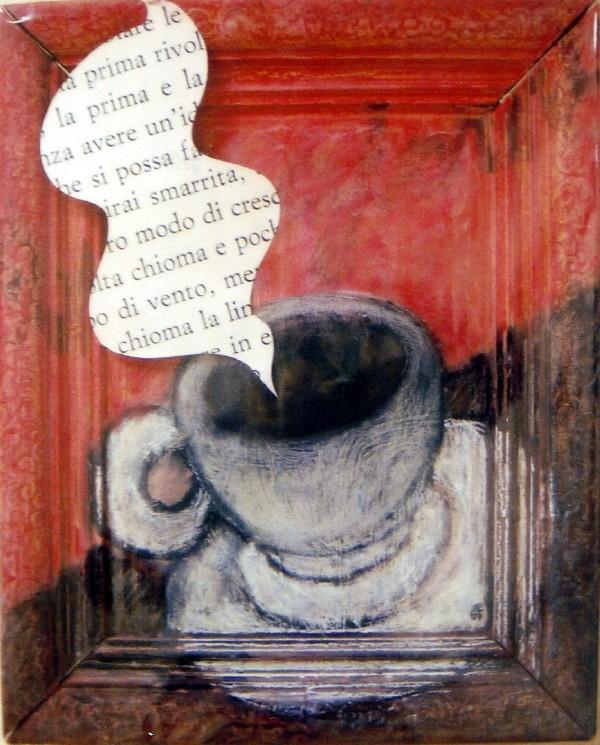- Terragni, Casa Del Fascio, Como, 1932
As part of the exploration in coloring with coffee, I wanted to experiment with overlaying digital sepia tones to previously drawn sketches. The building above is Terragni’s Casa Del Fascio. Terragni is often overlooked as one of the pre-eminent modern architects in Italy, mainly because it has been hard to separate his architecture from the political regime of the time. Taken on its own, though, this building is single-handedly one of the most fascinating works of architecture in Italy –and the most illuminating example of Italian Rationalist architecture– due to its play of extruded volumes, transparencies and honest use of materials.
In 2003 none other than Peter Eisenman published an opus forty years in the making, Giuseppe Terragni: Transformations, Decompositions, Critiques, a thorough analysis of this and another work by Terragni, Villa Frigerio. Thanks go to Raul Diaz, AIA, for telling me about this book. Surprisingly (or should I say, not surprisingly, the author being the controversial Eisenman), the book garnered very mixed reviews by readers on Amazon. Nonetheless, the fact that Eisenman spent forty years focusing on the Casa Del Fascio speaks volumes (pardon the pun) on the work, mind and intellectual acuity of this Italian Rationalist.
I had the fortune to visit this building in the Spring of 2007, on the same day that I saw the Mausoleum of Antonio Sant’Elia (Architect of the Italian Futurist group). The sketch below is an example of what happens when graphite drawings are scanned: the original had much more contrast and much of it-along with the ‘life’ of the drawing- was lost in the digital translation.
I therefore bumped up the contrast in Photoshop and played with sepia tones and shadows. A great way to make a sketch presentation-ready. Another way to gain some layering would be to layer via-cut the body of the building, and subtract the volumes on the upper floors (the indoor-outdoor spaces). By playing with the blending options of this new layer, new shadows could be cast, which would give a three-dimensionality to the sketch.

Casa Del Fascio, scan of original sketch (notice loss of contrast), Como, 2007

Casa Del Fascio, contrast corrected thru Photoshop, Como, 2007

Casa Del Fascio, Sepia color with Photoshop, Como, 2007


























